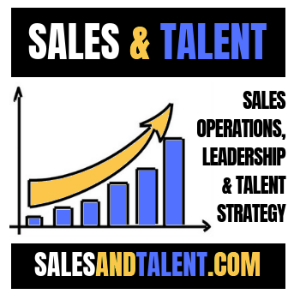
Going Digital? A Workspace Aggregator Can do the Trick
Over the past few years, app building has emerged as an essential part of every large organization’s digital transformation strategy. As a result, more and more companies are investing in mobile app development today. According to an app market research firm App Annie, India ranked as the fastest growing market for apps with year-on-year growth rate of 41% in Q1-2018.
While building mobile apps, organizations want their employees to access their IT resources in a truly multi-channel, multi-modal fashion. In other words, they want their employees to enjoy the freedom to access IT applications and services anytime, from anywhere, and via any device—moving seamlessly across devices, networks and applications, thus, supporting a high workforce mobility. Users too demand their enterprise app experience to be akin to their consumer app experience—simple, engaging, and intuitive.
Organizations have a few additional requirements in their app development projects. Companies using several Windows-based applications find it challenging to optimize business processes for mobile use. The apps they use should provide access to their mission-critical legacy systems including the Windows-based enterprise applications.
A fresh, digital-friendly approach
A new type of technology has evolved in the recent past. Known as workspace aggregators (also known as digital workspaces), these tools promise to meet the digitalization objectives of every modern-day organization. Conceived in a desktop age but born into a mobile world, workspace aggregators enable IT to control and orchestrate the delivery of PC, web and mobile applications and data in a managed, secure and context-aware manner to PCs, tablets, and smartphones, according to Gartner.
Workspace aggregator technology helps accomplish digital transformation at two levels. It comprises a native container app that offers all the essential features like security, AD connect, single sign-on (SSO), and push notifications. It can host the in-house or out-of-box apps—pre-existing as well as new. For instance, an organization’s HR department may have multiple apps for functions such as leave management, events, conference booking, business travel planning, chatbot, etc. These may have been built using varied technologies (such as Oracle, Microsoft, etc.) sourcing data from diverse internal systems at the backend. A workspace aggregator pools together all these apps inside a native container app delivering a unified workspace experience to users.
A unified transformation
Representing a step toward building client computing environments that are independent of the hardware and increasingly OS-neutral, workspace aggregators enable organizations to manage their apps better. At another level, the technology provides a true digital workspace experience by pooling together insights from multiple apps in a single, mobile-enabled dashboard.
When a manager of a pharmaceutical company, for instance, wants to explore the quarterly sales performance of medical representatives (med-reps), (s)he may need to examine the performance of the individual med-reps on various parameters: sales targets achieved, level of learning, and skillsets.
Each of the required details needs to be sourced from a different system. While a sales automation tool may provide information about targets achieved, the details about an individual med-rep’s learning accomplishments can be obtained from a training system. Similarly, the data about a med-rep’s skill-sets needs to be collated from the performance appraisal database. Leveraging the microservices architecture, the workforce aggregation technology can deliver a bird’s eye view of all such information by sourcing relevant information from multiple enterprise systems at the backend.
For a quick assessment, employing workspace aggregators makes sense for you if:
• You are specifically looking to enable basic SSO to Web applications and desktop application streaming, or
• You have already deployed the necessary virtualization infrastructure or if you are looking for a simple technology alternative to do the same.
The Hygiene Factors
Even as workspace aggregation technology promises to offer a range of benefits, the selection of the right tool is critical for your company’s project success. Firstly, check the track record and market reputation of the vendor you intend to partner with. Has it been acknowledged as being a prominent vendor by reputed agencies like Forrester, Gartner, etc.?
The solution you invest in should also come with inbuilt features such as universal inbox to collate and deliver all notifications from multiple apps. The platform should come with microservices architecture with support for sandboxing and encrypted storage for each app deployed. Lastly, security should be an important aspect of the solution. Look for features such as on-device single sign-on (SSO), automated offline caching of data and strict hierarchy, location, and role-based access control policies for users.
This article is written by Jinen Dedhia, Co-Founder & MD, DronaHQ

